The urgent need to transform the world’s food systems is one of the greatest challenges of our time. Somehow we need to feed nearly 10 billion people by 2050 without destroying even more of the world’s remaining biodiversity or fuelling climate change.
We can rise to this enormous task. We can increase food production in ways that are nature positive and support our shared goals for healthy people and planet.
But only if we stop overlooking and undervaluing the central role of rivers in global food systems.
Rivers flow through our history. Our earliest civilizations were nourished by them from the Nile to the Indus, Ganges and Yangtze.
Today one third of the world’s food production is still dependent on rivers—including food from freshwater fisheries, irrigation, flood recession agriculture, and deltas.
Yet few people are aware of the crucial importance of rivers to feeding humanity. Or understand that we will not be able to feed the world without valuing and sustainably managing our rivers.
Challenge
Feeding the world without it costing the Earth
We need to feed the world’s growing population but our current practices are already harming nature and fuelling climate change.
The world is facing three fundamental and converging crises: climate change, nature loss and rising hunger.
Our unsustainable food systems are major drivers of all three - adding to the greenhouse gas emissions that are warming our world and converting intact forests, wetlands and grasslands to agriculture, while still not ensuring everyone has food to eat.
The world currently produces enough food for 7 billion people, although a billion people still suffer from insufficient food.
But we do so by exceeding sustainable boundaries for fertilizer use, land use, and impacts on nature and the climate. Beyond impacts to other resources, exceeding these boundaries will compromise our ability to grow enough food to feed the world.
Add another 2.5 billion mouths to feed over the next 30 years and it’s a recipe for disaster. We will never remain within planetary boundaries unless we rapidly transform what we eat and how we produce it.
Food can’t be produced without water and agriculture currently accounts for over 70% of the freshwater used by humanity. But in many regions, we are now facing water crises.
Half of the world’s people live in areas that experience water stress, while 75% of the world’s irrigated crops are grown in water-stressed areas. And climate change threatens to expand the parts of the world experiencing water stress.
Furthermore, the production of food has some of the greatest impacts on the quality and quantity of water, and the health of the rivers, lakes, and wetlands upon which we all depend.
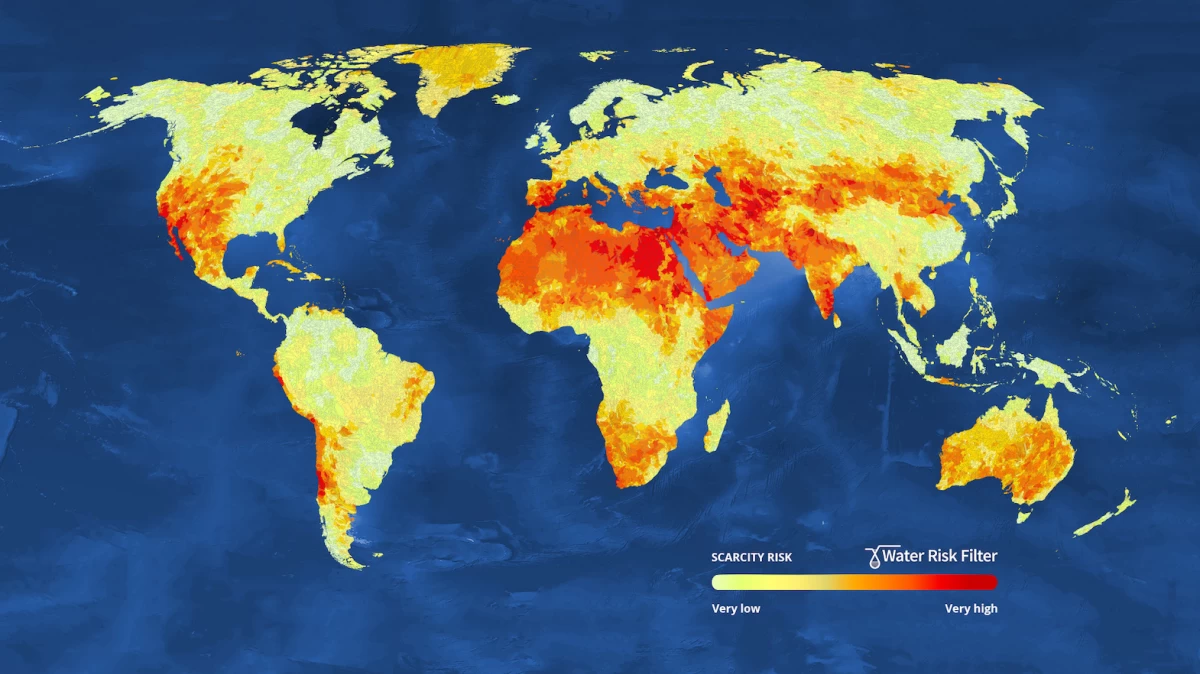
The world is finally waking up to the urgent need for healthier, more sustainable and more equitable food systems.
This year, for the first time, the UN is hosting a Food Systems Summit to launch bold actions, solutions, and strategies to transform the global food system. However, the global dialogue has neglected the critical role that rivers play in feeding humanity.
We aim to change this. If we want to feed 10 billion people sustainably, we will need to manage our rivers to ensure they are healthy and resilient.
Flow of Food
Water, sediments and nutrients nourish food production
The four key ways that rivers feed the world.
Rivers are too often viewed as little more than water pipes. And, of course, their supply of water is critical for societies, economies and irrigating large areas across the globe.
But rivers also flow with sediments that sustain agriculturally productive deltas, and nutrients that nourish floodplain fields. And they support freshwater fisheries and most of the world’s aquaculture.
Yet they are seldom part of debates about how to sustainably feed the world.
The world’s first civilizations all formed alongside rivers. Today river-dependent food nourishes people across the planet from indigenous communities to mega-cities.
In the future, as the world heads for a population of 10 billion, rivers will continue to be central to global food security.
But rivers, and their ability to produce food, are under ever increasing threat.
Rivers at Risk
Resilience of rivers is cracking under growing pressure
The warning signs are clear: many rivers are running dry. Others are flooded with pollutants. Urgent action is needed.
We have long neglected our rivers. And we continue to take them for granted today, seldom factoring their health into decisions about water, food and energy supplies.
The result? Each of the four components of river food now face serious challenges due to poor management of our rivers as well as tough tradeoffs between the components and other uses of land and rivers.
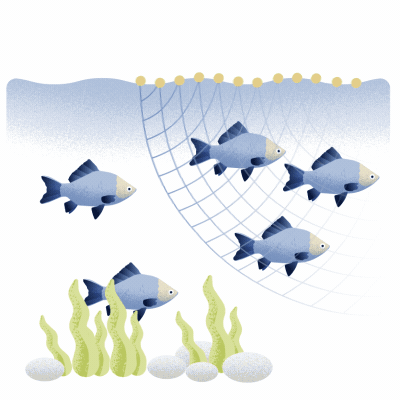
Overfishing
Many of the most important river fisheries are declining due to ineffective management and overfishing, threatening freshwater ecosystems and long-term food security.
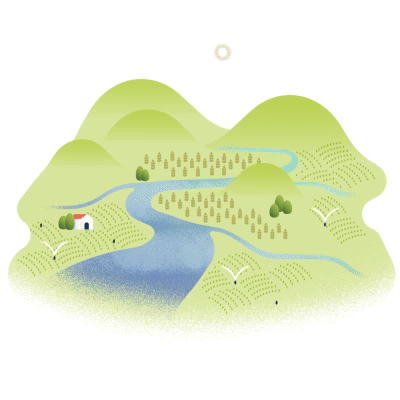
Overallocation
Pumping out too much water for irrigation can drain rivers, contributing to water shortages that already affect half the world’s population and three-quarters of the world’s irrigated land.
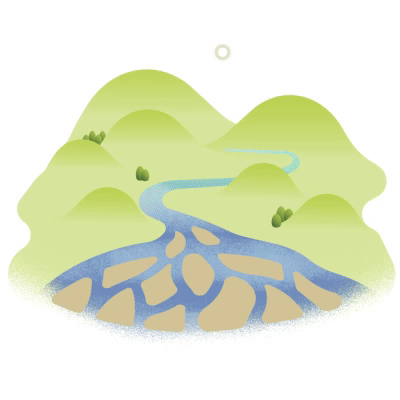
Loss of river connectivity
Dams trap sediment needed to maintain deltas. As a result, agriculturally crucial deltas around the world are sinking and shrinking. Dams also block migratory fish, which are often the most important component of river fish harvest.
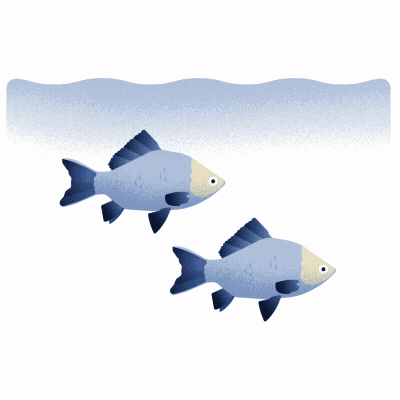
Water pollution
Agriculture is the leading source of water pollution in the world. Excessive use of fertilizer leads to nutrient-rich runoff that can trigger harmful algal blooms and “dead zones”, impacting aquatic ecosystems and fish stocks.
The clearest indication of the damage we have done - and are still doing - to the world's rivers is the collapse in freshwater biodiversity.
Over the past 50 years, freshwater species populations have declined by 84% on average - far faster than in land or marine ecosystems.
While we are working to transform the way we produce food, we can’t afford to overlook rivers any longer. We need to manage them as holistic systems - understanding that, if we do not, we will put global food security at risk.
Solutions
Sustaining healthy rivers and food production
Transforming how we produce food won’t be easy. Nor will protecting, restoring and managing our rivers so they can keep feeding the world.
The challenges may seem huge. And they are. But solutions do exist, including changing to nature-positive food production, ensuring sustainable fisheries, safeguarding free flowing rivers, and switching to healthy and sustainable diets.
We all have our part to play from policy makers to funders, farmers, fishers and each one of us who wants to ensure that future generations will inherit a healthy planet and healthy rivers with a stable supply of healthy food for every person.
The health and food security of future generations depend on the decisions that we all take now.
We can stick with our current food systems and leave them with degraded rivers, diminished biodiversity, a warmer world and insufficient food. Or we can decide to transform what we eat and how we produce it as well as the way we manage our rivers - and leave them with a healthier and more sustainable world.
The choice is clear - transformation. But this must involve a new approach to our rivers.
We must value them for their central role in global food security and take urgent steps to protect and restore their health and strengthen their resilience.
If we do, our rivers will continue to play their central role in global food systems - helping to sustainably feed future generations.
For full references and methods, please click here






